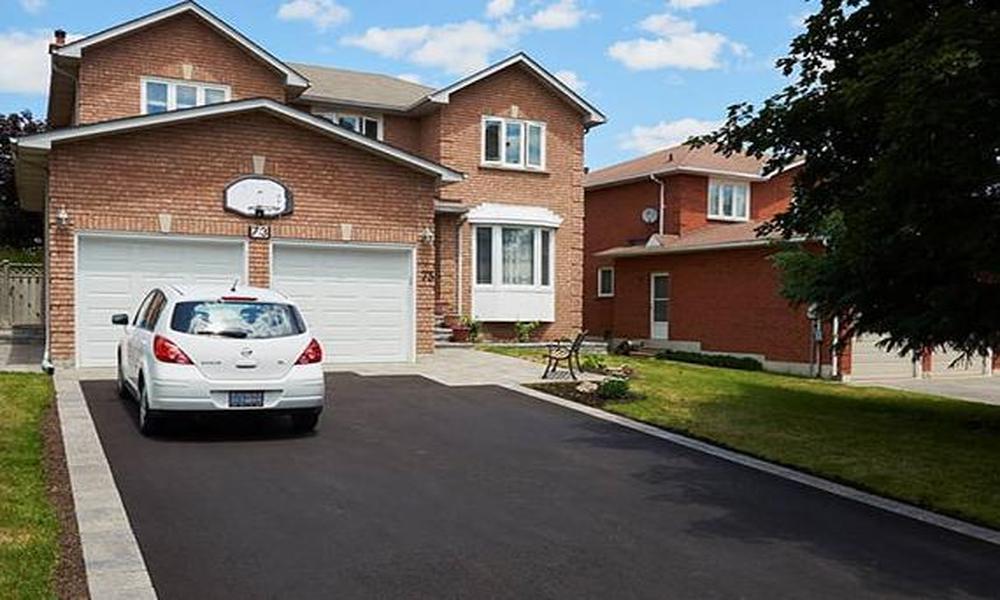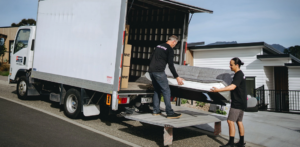Your paving is not just a functional part of your property; it also contributes significantly to your home’s curb appeal. Whether it’s a driveway, walkway, or patio, maintaining and extending the lifespan of your residential paving is essential to keep it looking great and functioning properly for years to come.
Regular Cleaning
One of the simplest yet most effective ways to ensure the longevity of your paving is regular cleaning. Over time, dirt, debris, and organic matter can accumulate on the surface, making it not only look unsightly but also causing potential damage. Here’s how to clean your paving properly:
- Sweep regularly: Use a broom or leaf blower to remove loose dirt and debris from the surface. This prevents them from getting ground into the paving.
- Pressure washing: For a deeper clean, consider using a pressure washer. This can help remove stubborn stains and grime. Be sure to use the appropriate pressure settings to avoid damaging the paving.
- Mild detergent: In some cases, using a mild detergent and a scrub brush can help tackle oil stains or other tough spots. Just be sure to rinse thoroughly to remove any residue.
Fill and Repair Cracks
It’s crucial to address the cracks promptly to prevent them from expanding and causing more significant damage. Here’s how to fill and repair cracks:
- Clean the crack: Remove any debris or loose material from the crack using a wire brush or a high-pressure air hose.
- Fill the crack: Use a suitable crack filler or sealant to fill the crack. Follow the manufacturer’s instructions for the best results.
- Seal the surface: After filling the cracks, consider applying a sealant to the entire surface. This helps protect the paving from moisture infiltration and further cracking.
Weed Control
Weeds can quickly take root in the gaps and cracks of the paving, causing damage and making it look untidy. To prevent weeds from becoming a problem, follow these steps:
- Regular weeding: Pull weeds as soon as you notice them to prevent them from establishing deep roots.
- Use a weed barrier: Consider installing a weed barrier fabric underneath the paving to inhibit weed growth.
- Apply weed killer: If weeds are persistent, you can use a weed killer, but be cautious not to damage the surrounding vegetation or the paving itself.
Proper Drainage
Water is one of the main culprits when it comes to damaging paving. Proper drainage is essential to prevent water from seeping beneath the surface and causing erosion or cracking. Here’s how to ensure good drainage:
- Slope the surface: Make sure your paving has a slight slope away from your home to encourage water to flow away from the area.
- Install drainage solutions: Consider adding drainage channels or a gravel border to help direct water away from the paving.
- Regular inspections: Periodically check for signs of poor drainage, such as standing water or erosion, and address any issues promptly.
Avoid Heavy Loads
While pavings are designed to withstand the weight of vehicles and foot traffic, it’s essential to avoid placing heavy loads or objects on them for extended periods. Heavy items can cause indentation or cracking over time. If you need to park a heavy vehicle or equipment on your paving, consider using load-bearing pads or boards to distribute the weight more evenly.
Professional Maintenance
While many maintenance tasks can be done by homeowners, it’s a good idea to have your paving professionally inspected and maintained periodically. Professionals can identify issues that may not be visible to the untrained eye and provide specialized solutions to ensure the longevity of your paving.
Conclusion
In conclusion, maintaining and extending the lifespan of your residential paving is a worthwhile investment. By following these maintenance tips and addressing issues promptly, you can keep your paving looking its best and functioning correctly for years to come. Additionally, consider professional maintenance for added protection and peace of mind.




